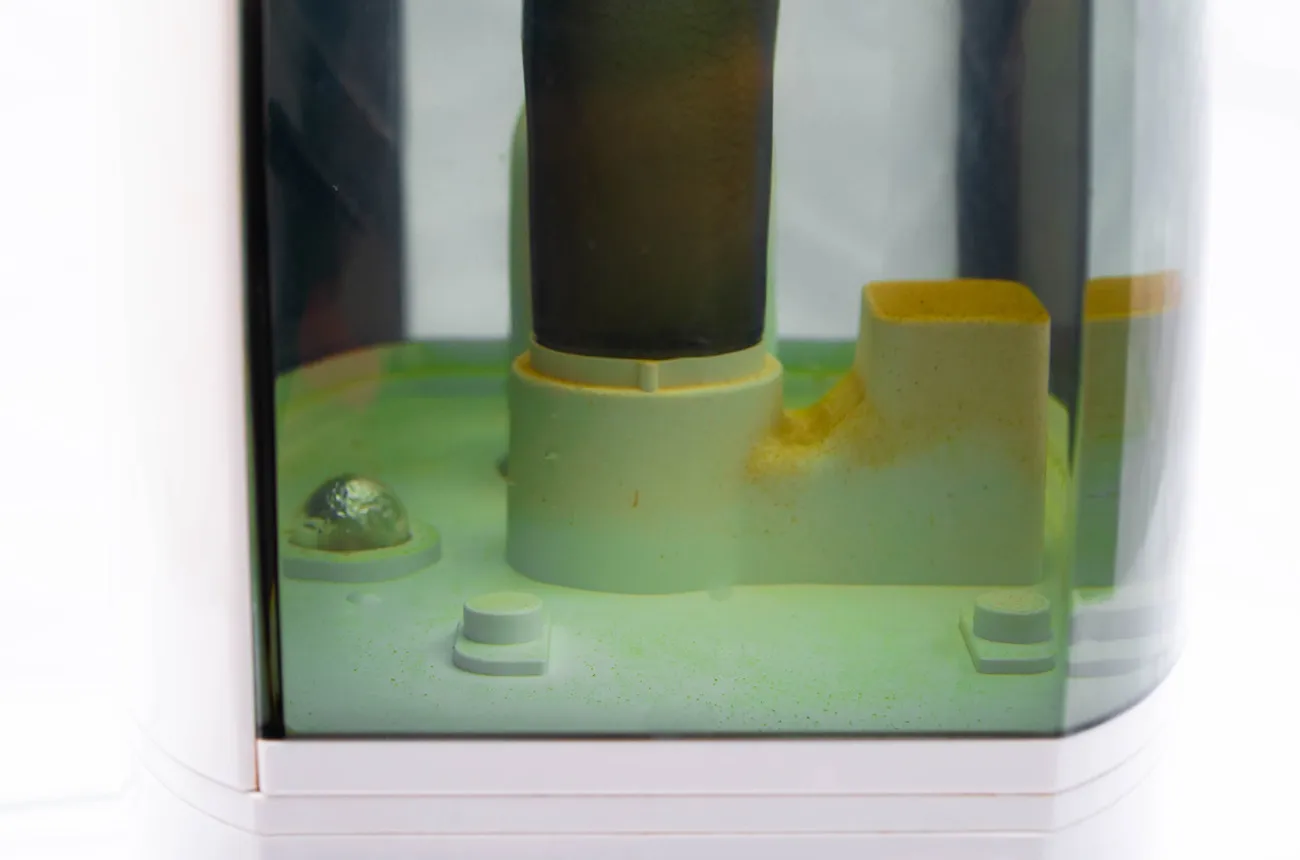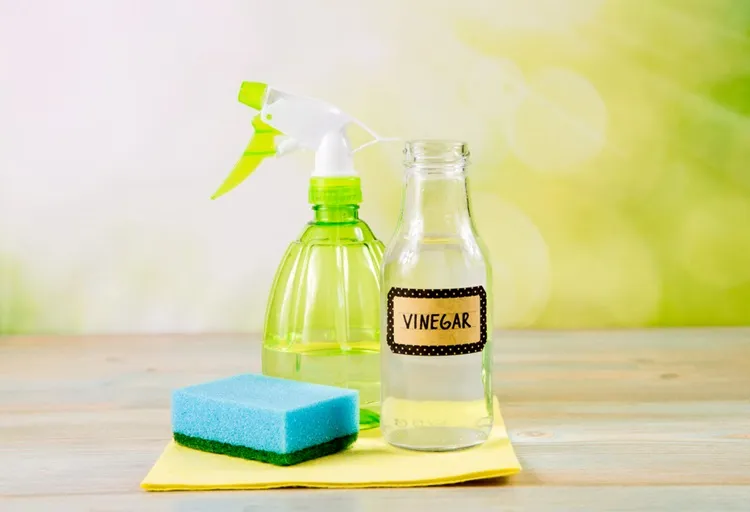As soon as I got a humidifier, it quickly became one of the most used items in my home. If you live in an area with a dry climate, you’re well aware of the importance of adding moisture to your home, especially during the cold months. However, you must not forget that this is an item that requires regular upkeep, otherwise it will start polluting the air indoors. Here’s how to properly clean and descale a humidifier to ensure your home is always allergy-free!
Why is There Scale on My Humidifier?
Have you noticed a white buildup on your humidifier? This is scale. It forms thanks to the mineralization of the water. When the water heats, the calcium and magnesium that it contains do not evaporate, and over time they create a limescale deposit.
Is Limescale Harmful for the Humidifier?
The short answer is YES. When left untreated for too long, the mineral buildup will hinder the function of your humidifier. It will cause damage to the heating element, blockages, and irregular water flow, which may lead to a complete dysfunction of the device.
Read also: How to Remove Limescale from Taps? – 5 Quick and Easy Tricks That Will Never Fail You!
How to Descale a Humidifier?
When there’s mold and scale in your humidifier, you’re not only shortening its lifespan, but also putting your own health at risk. If you use your humidifier every day, you should give it a thorough cleanup at least once a week. In case you or a member of your family have any respiratory issues, you’re experiencing skin irritation, or are sneezing more frequently than normal, the humidifier should be cleaned every other day. Let’s see the proper way to do it:
Descaling with Vinegar
The first thing you need to do every time before you clean your humidifier is to make sure that it is empty and unplugged. If possible, directly fill the tank at the base with white vinegar and use something to move around the liquid to ensure that it reaches the whole interior. Then, allow it to get to the reservoir and let it sit for 20 minutes. Once the time has passed, empty the tank and clean it thoroughly using a soft bristle brush – don’t neglect the crevices! For the other parts of the humidifier, use a clean cloth dipped in white vinegar. Once every corner of your device has been rubbed clean, rinse every separate part with water and let them air dry!
Can You Use Hydrogen Peroxide?
It is safe to use bleach, or hydrogen peroxide to clean your humidifier, however, under no circumstances should you mix it with white vinegar, as it will form toxic gases! For this method, you will have to make a solution by mixing 1 gallon of water with 1 tsp of 3% hydrogen peroxide. Once you have your solution, follow the listed steps:
- Pour 1/2 of the mixture into the tank and swirl it around to make sure it’s reaching all the corners and crevices.
- Same as with the vinegar solution, allow the concoction to drain in the reservoir and sit for 20–25 minutes.
- Then empty the tank, grab a brush, and scrub the interior to make sure there is no limescale left in the creases.
- Rinse with warm water and leave all separate parts to air dry.
Note: You MUST NOT use bleach on the filter of the humidifier! If you do, you will cause damage to its antibacterial coating, which will make it unusable.
Maintenance Guide
Once you’ve cleaned your humidifier, it’s important to manage its upkeep regularly to ensure that it’s working properly. Here are some things to keep in mind:
- Do NOT add any essential oils to your humidifier, unless it has been specifically designed for that purpose, and it’s stated on the packaging. If you do, you’re putting your device at risk of corrosion.
- To avoid limescale, use only distilled water, as it has low mineralization.
- Change the water in the tank regularly to avoid mold.
- Change the filter at least every 1–2 months.
- Flip the filter around every time you refill the tank. This will help with prolonging its life, and it will age more evenly.
- When storing the humidifier, make sure that it is completely dry and preferably dissembled, otherwise you may get mold in the crevices of the interior.
Read also: Follow These Easy Steps for Cleaning Coffee Makers with Natural Remedies!



